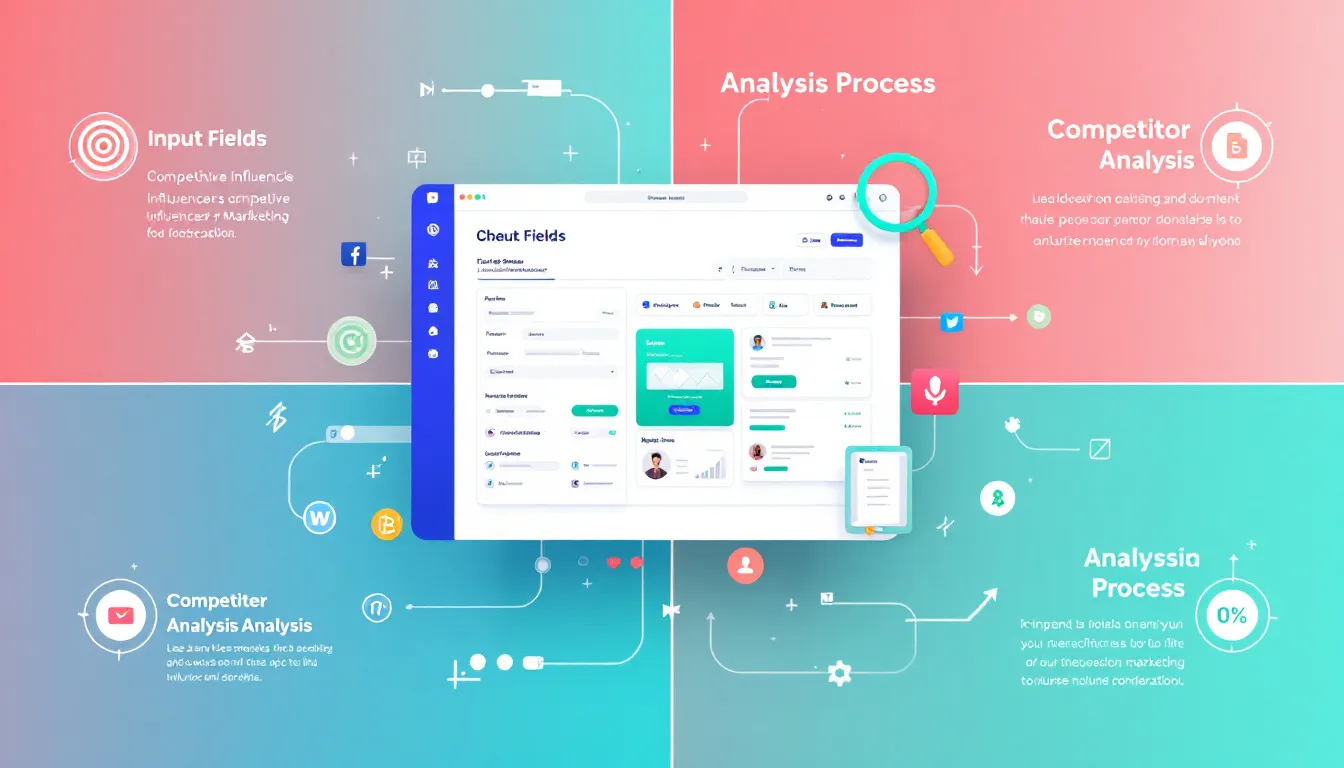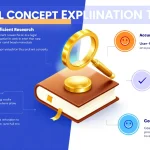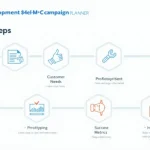Is this tool helpful?
How to Use the Competitive Influencer Marketing Analysis Tool Effectively
Our Competitive Influencer Marketing Analysis Tool helps businesses analyze their competitors’ influencer marketing strategies and identify opportunities for their own campaigns. Here’s a detailed guide on using each field effectively:
Step-by-Step Input Guide
- Company Name: Enter your business name accurately (e.g., “Wellness Warriors” or “Urban Fitness Co.”)
- Competitors List: Input your main competitors, one per line. For example:
- Nike Training Club
- Peloton
- Beachbody
- Target Audience: Describe your ideal customer profile in detail (e.g., “Health-conscious millennials in urban areas, aged 28-40, interested in sustainable living and plant-based nutrition”)
- Industry/Market Segment: Specify your niche (e.g., “Digital Fitness Technology” or “Sustainable Athletic Wear”)
- Budget: Enter your planned influencer marketing budget in USD (e.g., $25,000)
Understanding the Competitive Influencer Marketing Analysis Tool
This sophisticated tool combines competitive analysis with influencer marketing strategy development to help businesses make data-driven decisions about their influencer partnerships and content creation approaches.
Core Functionality and Purpose
The tool serves multiple strategic functions:
- Competitor influencer partnership mapping
- Content strategy analysis
- Audience alignment assessment
- Budget optimization recommendations
- Opportunity identification
Benefits of Using the Competitive Influencer Marketing Analysis Tool
Strategic Advantages
- Comprehensive market intelligence
- Data-driven decision making
- Resource optimization
- Competitive positioning insights
- ROI maximization potential
Operational Benefits
- Time savings in research and analysis
- Structured approach to strategy development
- Clear action items and recommendations
- Risk mitigation through informed decision making
Solving Real Business Challenges
Market Position Analysis
The tool addresses several critical business challenges:
- Identifying untapped influencer opportunities
- Understanding competitor success patterns
- Optimizing content strategy approaches
- Aligning marketing efforts with target audience preferences
Strategic Implementation
The tool provides actionable insights through:
- Detailed competitor analysis reports
- Influencer recommendation lists
- Content strategy frameworks
- Budget allocation suggestions
Practical Applications and Use Cases
Case Study 1: Fashion Brand Market Entry
A sustainable fashion brand used the tool to analyze competitors:
- Initial input:
- Company: EcoStyle Apparel
- Competitors: Fashion Nova, Shein, H&M
- Target: Environmentally conscious women, 25-45
- Budget: $50,000
- Tool identified:
- Gap in micro-influencer partnerships
- Underutilized sustainability content angles
- Opportunities in educational content
Case Study 2: Fitness Technology Launch
A fitness app startup leveraged the tool for market entry:
- Initial input:
- Company: FitTech Pro
- Competitors: MyFitnessPal, Strava, Fitbod
- Target: Tech-savvy fitness enthusiasts, 20-35
- Budget: $75,000
- Tool revealed:
- Opportunities in expert collaborations
- Untapped workout challenge content
- Cross-platform integration potential
Frequently Asked Questions
General Questions
Q: How often should I conduct a competitive influencer analysis?
A: It’s recommended to perform analysis quarterly to stay current with market trends and competitor strategies.
Q: Can I analyze multiple market segments?
A: Yes, you can run separate analyses for different market segments or product lines to get specialized insights.
Q: How detailed should my competitor list be?
A: Include 3-5 direct competitors and 2-3 indirect competitors for the most comprehensive analysis.
Strategic Implementation
Q: How can I best utilize the analysis results?
A: Use the insights to develop a structured influencer outreach plan and content calendar aligned with identified opportunities.
Q: What metrics should I focus on most?
A: Focus on engagement rates, audience overlap, and content performance metrics that align with your business goals.
Q: How should I adjust my strategy based on the analysis?
A: Use the tool’s recommendations to refine your influencer selection criteria, content themes, and budget allocation.
Best Practices
Q: What makes for effective target audience description?
A: Include demographics, psychographics, behaviors, and specific interests for the most accurate analysis.
Q: How can I maximize ROI from the analysis?
A: Focus on implementing the top 3-5 recommendations and track results before expanding to additional strategies.
Q: What’s the best way to track implementation success?
A: Set clear KPIs aligned with your business objectives and monitor them monthly through your preferred analytics tools.
Important Disclaimer
The calculations, results, and content provided by our tools are not guaranteed to be accurate, complete, or reliable. Users are responsible for verifying and interpreting the results. Our content and tools may contain errors, biases, or inconsistencies. We reserve the right to save inputs and outputs from our tools for the purposes of error debugging, bias identification, and performance improvement. External companies providing AI models used in our tools may also save and process data in accordance with their own policies. By using our tools, you consent to this data collection and processing. We reserve the right to limit the usage of our tools based on current usability factors. By using our tools, you acknowledge that you have read, understood, and agreed to this disclaimer. You accept the inherent risks and limitations associated with the use of our tools and services.







